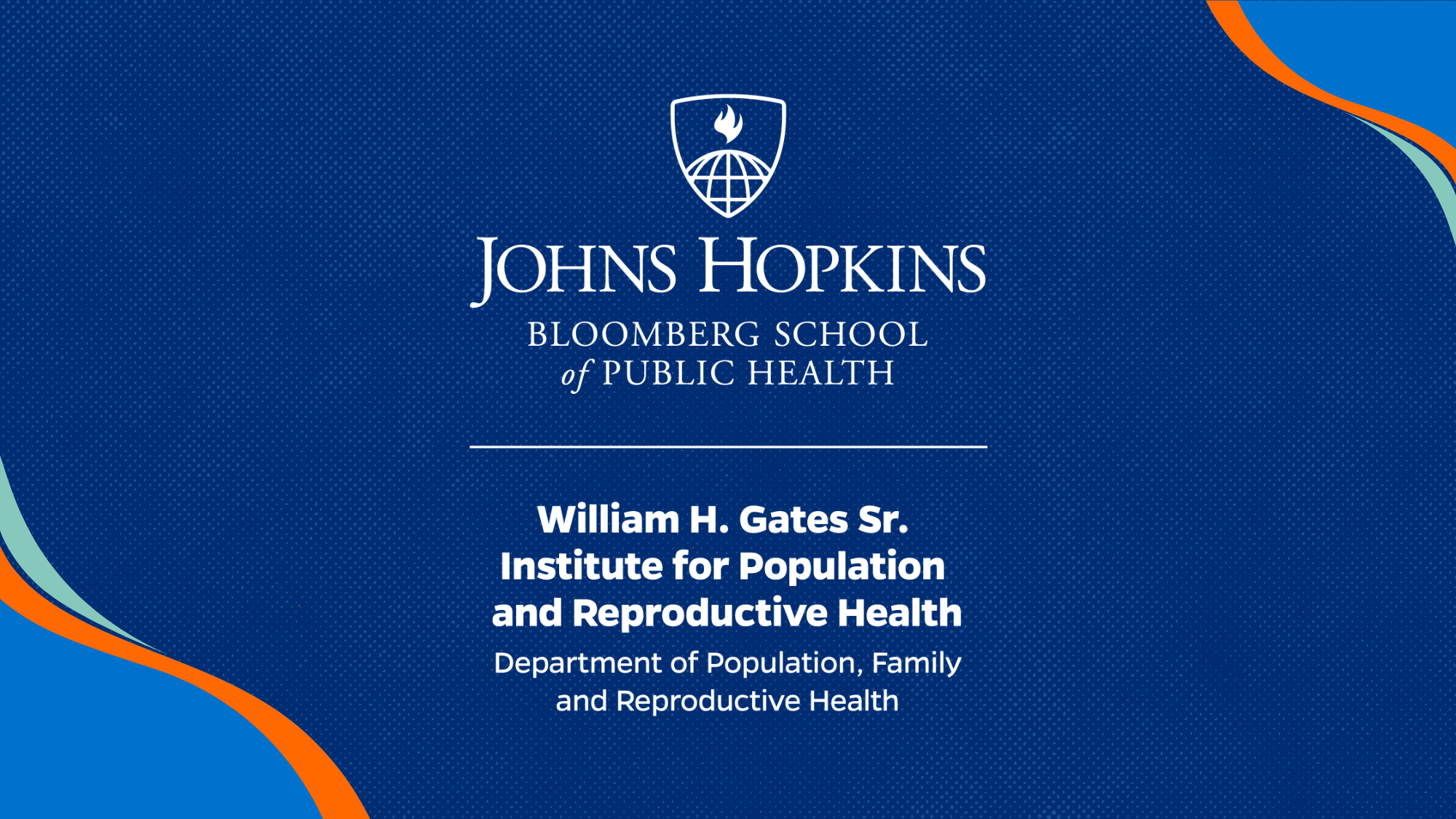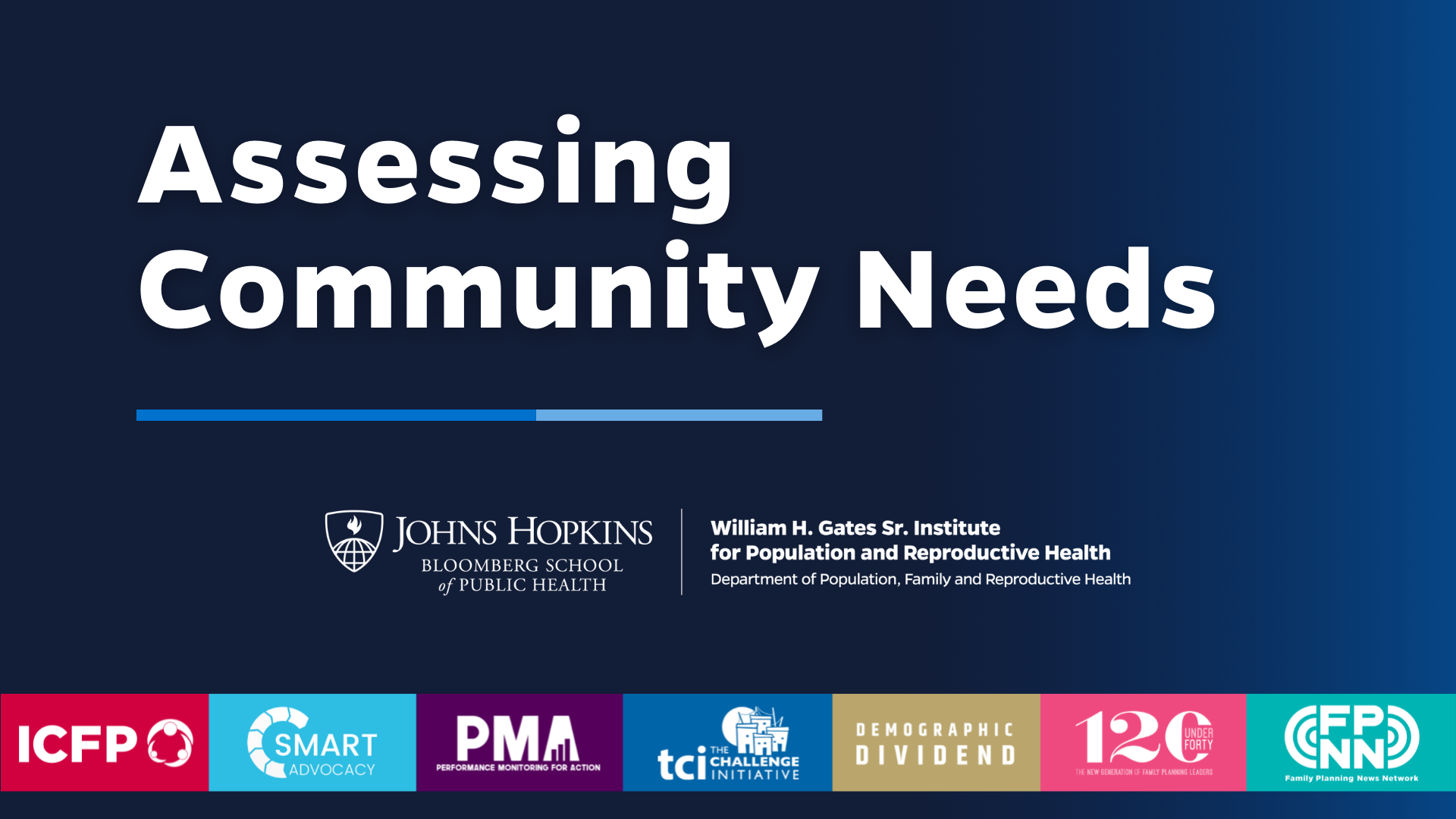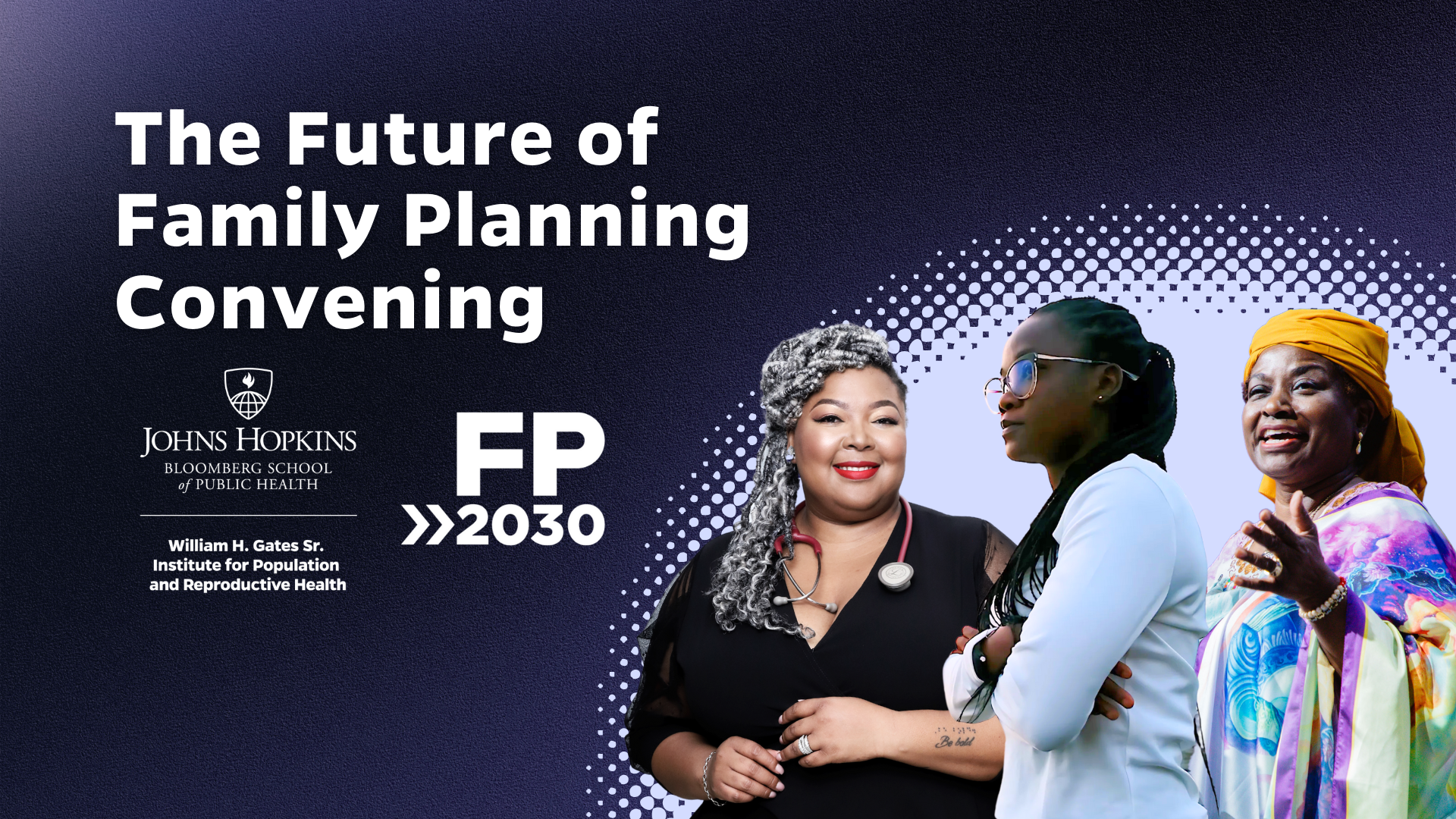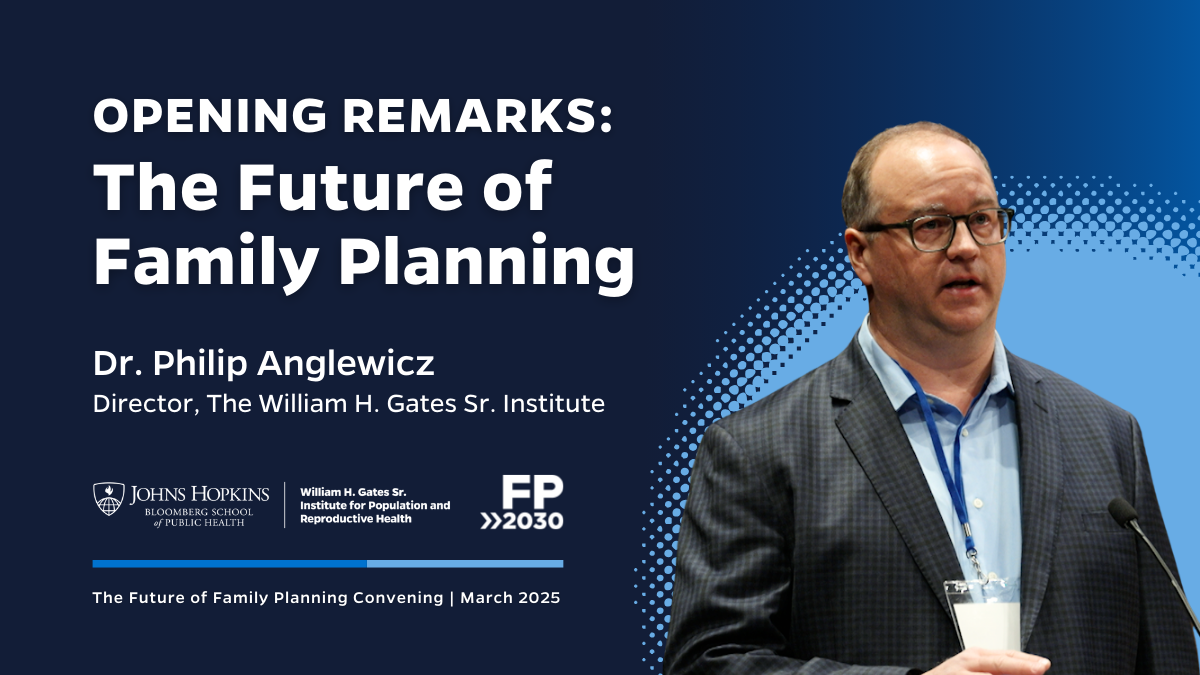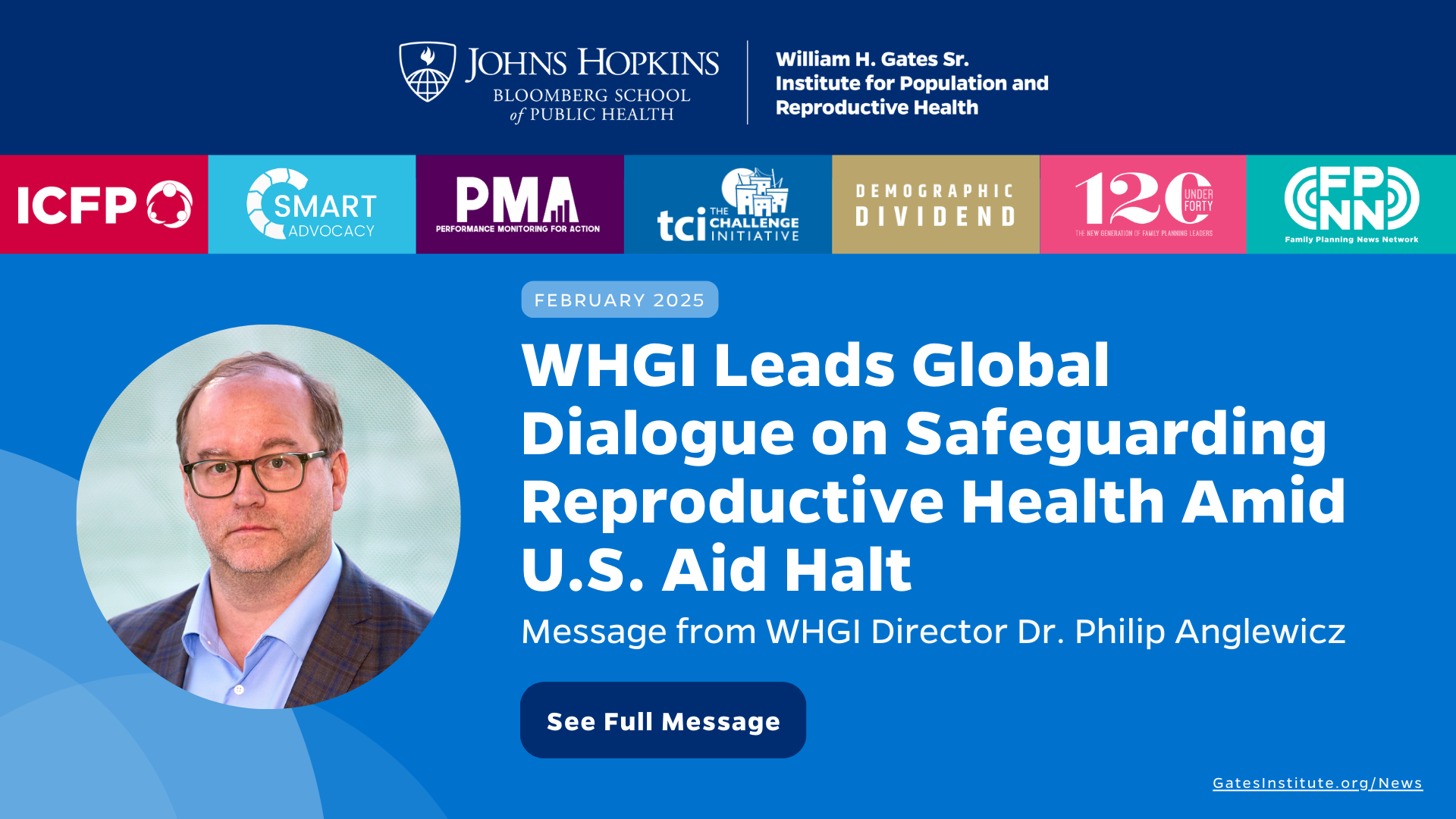Moderated by Jamila Asker, Innocent Grant, and Esenam Amuzu
On Saturday, September 21, during the 2024 United Nations General Assembly (UNGA), the Global Roadmap for Action—Let Them Know hosted its second panel discussion at the Population Council offices in New York. The event, supported by the William H. Gates Sr. Institute, focused on the transformative power of art in storytelling for Sexual and Reproductive Health and Rights-Justice (AYSRHRJ) interventions. The panel highlighted the importance of building trust through artistic expression while recognizing communities as experts in their lived realities.
The GRA-Let Them Know initiative, founded by a coalition of 40 youth-led organizations, was launched during the International Conference on Family Planning (ICFP) 2022 in Pattaya City, Thailand. It serves as a global roadmap for action on AYSRHRJ, and its first panel was held during the 2022 UNGA. This second panel gathered experts and representatives from FP2030, IYAFP, the New York art community, and GRA member organizations to explore how art can shape advocacy, amplify youth voices, and support AYSRHRJ interventions.
Art as a Bridge for Trust and Advocacy
The panel discussions revolved around how art can be a powerful tool for telling stories that reflect AYSRHRJ user journeys and build community trust. The conversation addressed challenges such as accessibility to timely medical care, sexual and gender-based violence (SGBV), adolescent girls’ and young women’s rights, and the benefits of multi-sectoral approaches to AYSRHRJ interventions.
The panelists emphasized the importance of community-centered frameworks in health interventions, recognizing communities as experts in their lived experiences. They identified the positive outcomes of integrating art and storytelling within these frameworks for AYSRHRJ advocacy.
Art for Advocacy: Amplifying Youth Voices
As part of the event, ten pieces of artwork were unveiled as winners of the Arts for Advocacy contest, organized by GRA-Let Them Know. One of these pieces was awarded an ICFP Community Trailblazer award. These powerful artworks captured diverse perspectives on AYSRHRJ, and attendees were provided with a link to view the complete collection and the stories behind them.
One of the most striking pieces displayed during the event was the ICFP Community Trailblazer: Ruth Eskender’s portrayal of a woman breaking free from societal chains, symbolizing the fight against gender-based violence and the strength of women reclaiming autonomy over their bodies. This emotional artwork resonated deeply with viewers, reinforcing the message that youth, particularly young women, are at the forefront of the battle for SRHRJ.
Jola Praise Ademola’s work, The Clinic Floor, focused on maternal health crises in sub-Saharan Africa, highlighting the urgent need for better healthcare access and timely interventions to save lives.
Ocampo Gauna Camila Belen’s collage, Scraps of Fight, honored Argentina’s historic fight for the legalization of abortion, illustrating how collective activism led to the approval of critical reproductive rights legislation.
Art as a Tool for Change
The event also explored how art can catalyze policy change and legal reforms. Jacqueline Cruz Aguila’s bold use of menstrual art challenged the stigmatization of menstruation and emphasized the importance of comprehensive sexuality education. Similarly, Lovemore Chimphanga’s Silent Blossom depicted youth struggles in SRHRJ, using imagery to express the silencing of youth voices in reproductive health discussions.
These artworks were powerful forms of expression and tools for advocacy, pushing for improved AYSRHRJ policies and interventions.
Collective Struggles Faced by Youth with Diverse Identities
The artworks from the Arts for Advocacy contest vividly demonstrated the interconnected nature of these challenges. Youri Victoriel’s Towards a New World of Equality and Choice portrayed the fight for bodily autonomy and LGBTQIA+ rights, addressing the societal pressures faced by youth with diverse sexual identities. By reimagining an iconic historical image through a lens of consent and reproductive rights, this artwork emphasized that, for many young people, the struggle for identity acceptance is intertwined with the fight for fundamental sexual and reproductive health rights.
Similarly, Lee’s Roots of Freedom from Colombia presented personal growth through freedom of thought, identity, and self-autonomy. The work illustrated how young people must break free from societal chains that limit their access to reproductive choices and gender expression, particularly in environments where their identity is marginalized.
Additionally, Daanon Daniel Othniel’s Bird of Tomorrow and Romasa Javed Chandio’s Agony explored how the lack of mental and emotional health support exacerbates the struggles of young people, especially those whose identities diverge from societal norms. Othniel’s work depicted the psychological and socio-cultural barriers that prevent youth from accessing SRHR, showing how communities often silence or overlook their needs. In Agony, Chandio highlighted the experience of endometriosis to emphasize how women’s health issues are frequently dismissed or under-researched, reflecting the broader struggle of young women to have their pain and reproductive health needs acknowledged. These pieces collectively emphasized that the fight for SRHRJ extends beyond healthcare access, encompassing cultural, societal, and psychological barriers that marginalize youth experiences.
Conclusion: Art as Advocacy, Communities as Experts
The Art for Advocacy panel during UNGA 2024 achieved its objectives—building trust, telling impactful stories, and developing recommendations for improving AYSRHRJ interventions through art. As the panelists and artists underscored, recognizing the expertise of communities and leveraging the power of creative expression can lead to transformative outcomes in AYSRHRJ.
This event was a powerful reminder of the youth’s capacity to use art for social change. Through initiatives like GRA-Let Them Know, young advocates take control of their narratives, pushing for a future where AYSRHRJ is protected, respected, and realized.
The art is on display at Likha Gallery, curated by Ann Constantino Beck.Explore how the GRA-Let Them Know initiative uses art to amplify youth voices and build trust in Adolescent and Youth Sexual and Reproductive Health and Rights-Justice (AYSRHRJ) interventions. Highlighting powerful artworks and panel insights from UNGA 2024.

